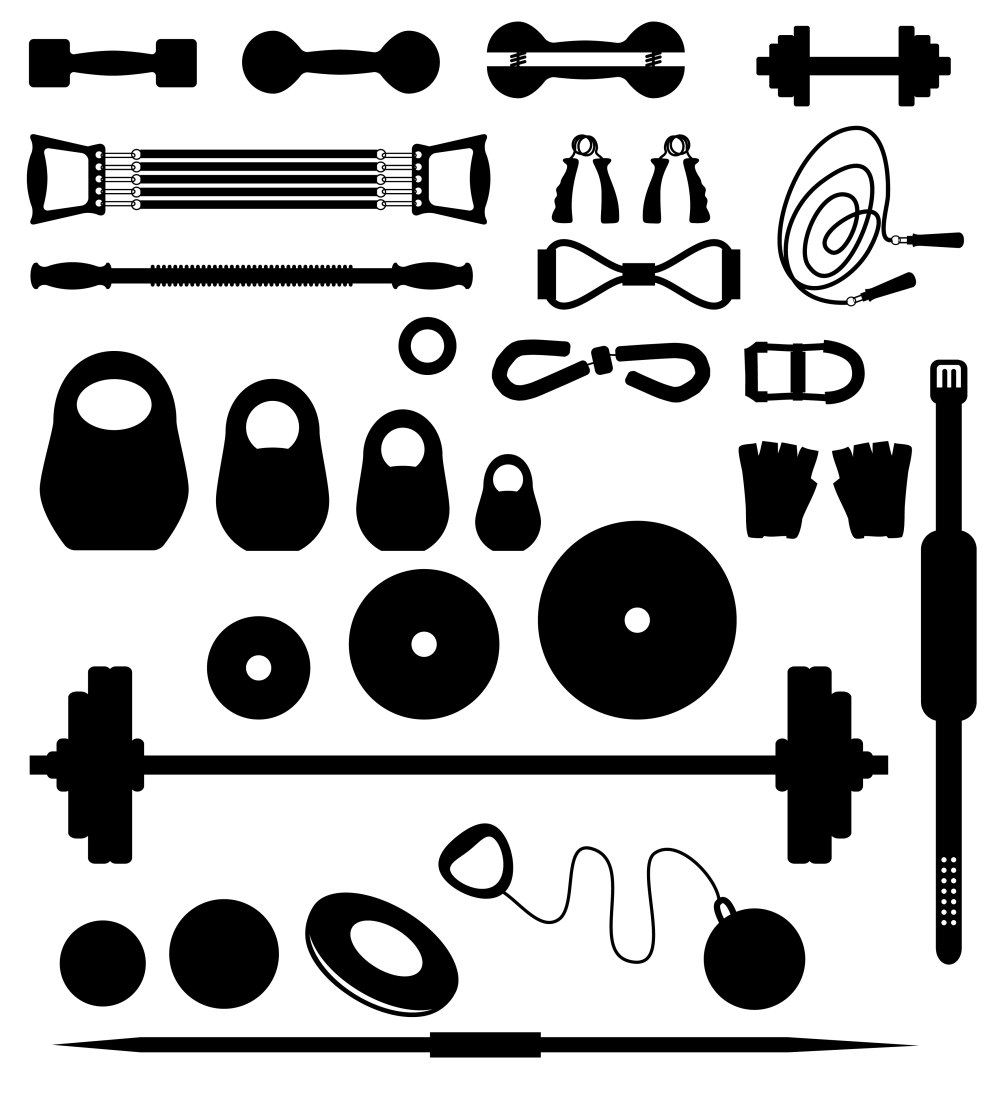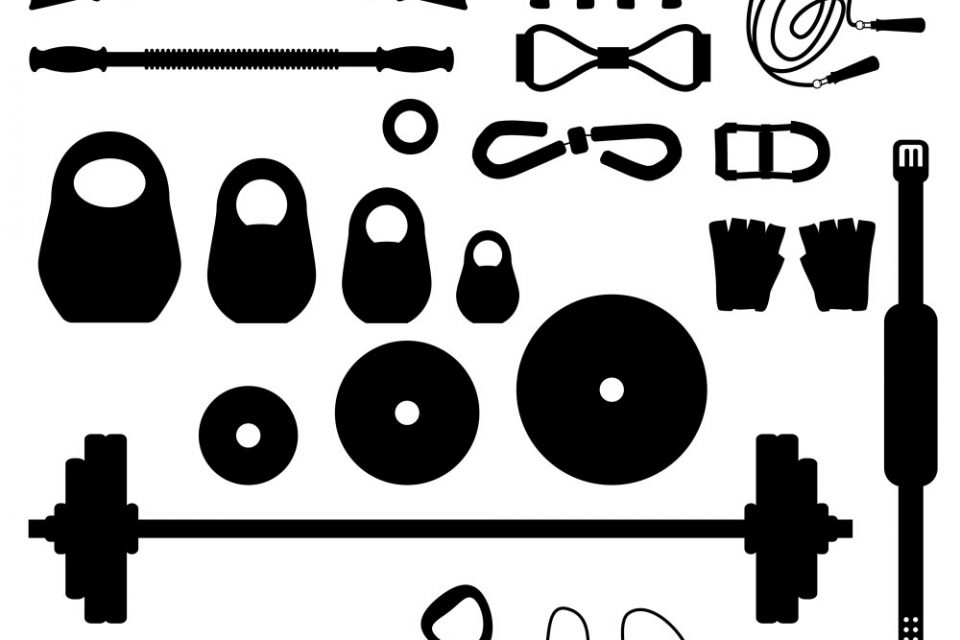
Injuries happen to us all over the course of time, but often they occur when you least want to them to – when you’re training for an event. It happened to me in 2014 when I was training for the London Marathon, and in the end I had to pull out. It’s hugely frustrating, but there are strategies you can use to manage this time-out, and maximise your likelihood of being fit enough to race. As I’ve said in previous blog posts, your ultimate goal in any training block should be simply this: being fit at the start line. If you’re fit at the start line, you’re in a race. If you’re not, you might never finish.
Focus on what you can do and not what you can’t
Usually, there’s lots you can do despite being injured. For example, when I had my calf tear, I could still do lots of other exercises aside from running and jumping. With care and caution, I could still do yoga, boxing, core work and swimming. I even safely managed a week’s snowboarding. Mentally, you’re in a much better place if you focus on what you can do rather than what you can’t.
Surround yourself with positive people
Some people can be very negative and have a tendency to catastrophise when things go wrong for them or people they know. Don’t surround yourself with people like this; it’s just drama. Find positive people to be around, or people who aren’t connected with training or sport. They’ll help you see perspective, and encourage you not to overthink the injury or obsess about it.
Prioritise your rehab exercises
All too often I see people neglecting to do their rehab exercises. No matter how small or tedious they might seem, get them done! There’s a reason why you’ve been given these exercises, and if you knuckle down and diligently do what’s been asked, you put yourself in a much better position to make a full recovery and get to that start line fit and ready. If you’ve self-diagnosed or consulted Dr. Google, stop! See an expert and then follow their guidance.
Work on the things you can change or influence
If you’re injured, use the time to review other aspects of your preparations such as your sleep routine, your nutrition plan, your hydration and mental wellbeing. These are super-important aspects of race preparation which need to be considered months in advance, so what better time to review what you’re doing. Also use this time to plan the logistical aspects of your race; your kit, travel arrangements, spectator arrangements, and so on.
Change the scenery
I find it can be really helpful to have a change of scenery when injured. Usually the weekend includes a long run or long cycle, depending on what you’re training for. Take advantage of the training hiatus and get away for the weekend if you can. A change of scene can really help clear the head and take your mind off the race and what you should have been doing.
Don’t rush back and flex the plan
It’s the most common mistake I see, and I’ve made it myself. Rushing back after an injury or getting overexcited and overdoing it usually results in one thing: re-injury. Take it easy and flex the plan – by this I mean go back through it as though you were starting from scratch, rather than picking up where you left off. Keep doing the rehab exercises, and focus on sleep, nutrition, hydration and a good stretching and flexibility routine to support your recovery.
Leanne Spencer is a Fitness Entrepreneur, Author of the Amazon Bestselling book Rise and Shine: Recover from burnout and get back to your best and Founder of Bodyshot Performance Limited. Bodyshot specialises in bringing the science of genetics to the world of fitness. Connect with the team @BodyshotPT or Facebook or visit our website at www.bodyshotperformance.com.


